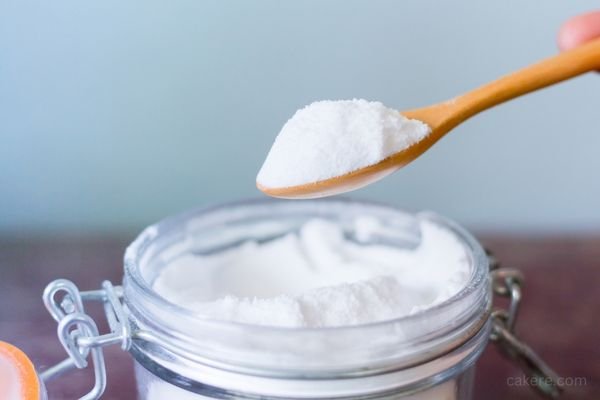Baking is both an art and science, and it takes more than just good ingredients to create delicious and perfectly baked goods. One of the essential ingredients that most bakers use is baking soda, which is a versatile and affordable ingredient that offers many benefits.
In this article, we’ll explore what baking soda does in baking, how it works, and some tips on how to use it effectively.

What Does Baking Soda Do in Baking? Understanding the Science Behind It
Baking soda, also known as sodium bicarbonate, is a chemical compound that plays a crucial role in baking. It is an alkali that reacts with acidic ingredients, such as buttermilk, yogurt, lemon juice, vinegar, or cream of tartar, to produce carbon dioxide gas. This gas is what causes the dough or batter to rise, resulting in lighter, fluffier, and softer baked goods.
Baking soda’s reaction with acid is also responsible for neutralizing the pH of the batter, making it less acidic and giving it a better texture and taste. This is especially important in recipes that call for highly acidic ingredients, such as cocoa powder, which can make the baked goods dense and dry without baking soda.
Moreover, baking soda’s alkalinity also contributes to browning and crisping the surface of the baked goods, giving them a golden-brown color and a crunchy texture. This is because alkaline substances accelerate the Maillard reaction, a chemical reaction between amino acids and reducing sugars that produces a complex flavor and color.
Tips for Using Baking Soda in Baking:
- Use the right amount: Too much baking soda can result in a bitter taste and a soapy aftertaste, while too little will not produce enough carbon dioxide to leaven the dough or batter. As a rule of thumb, use 1/4 teaspoon of baking soda for every cup of flour.
- Pair it with acidic ingredients: Baking soda needs an acidic ingredient to activate its leavening and neutralizing action. Make sure to use acidic ingredients that are fresh and potent, as stale or expired ingredients may not produce enough acid to activate the baking soda.
- Mix it well: Baking soda should be evenly distributed in the batter or dough to ensure consistent leavening and neutralization. Mix it with the dry ingredients first, then add the wet ingredients and mix until just combined.
- Bake immediately: Once the baking soda is mixed with the acidic ingredients, it starts reacting and producing carbon dioxide. Therefore, it’s essential to bake the batter or dough immediately after mixing to ensure maximum leavening and rising.
Frequently Asked Questions
No, baking soda and baking powder are not the same. Baking powder contains baking soda and an acid (usually cream of tartar) in a dry form, while baking soda is just sodium bicarbonate. Baking powder is usually used in recipes that don’t have acidic ingredients.
Yes, you can substitute baking powder for baking soda, but you need to adjust the amount. Use three times the amount of baking powder as baking soda, and omit any acidic ingredient in the recipe.
Baking soda has been used for centuries for various health purposes, such as treating heartburn, cleaning teeth, and soothing sunburns.
